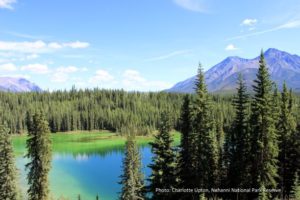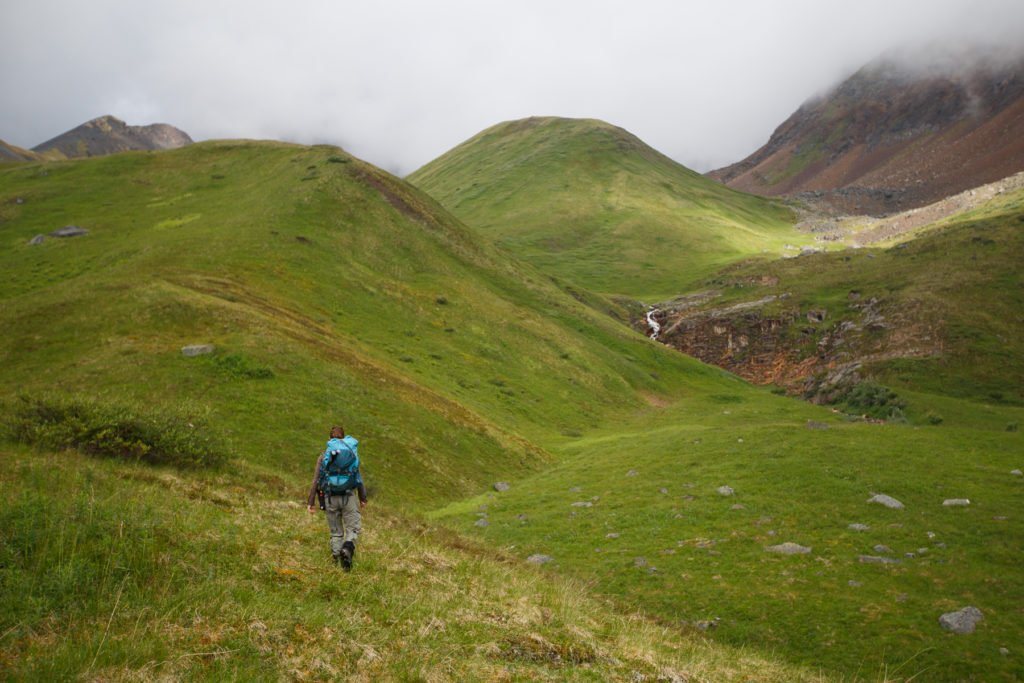NWT Protected Areas

Protected areas are a core element of any land-use plan and when connected with adjacent lands and waters that are managed for conservation values, they can contribute to maintaining biodiversity and ecosystems across the NWT. Protected Areas improve our quality of water and air, our health, and help to increase our ability to adapt to climate change. In the NWT protected areas provide for ecological integrity, can support local economic diversification and are centers of culture.
CPAWS-NWT was a founding member of the former NWT Protected Areas Strategy (PAS) and continues to support community led efforts to secure ecological and cultural values in protected areas across the NWT. As is emphasized in the recent Indigenous Circle of Experts (ICE) Report on the Pathway to Canada Target 1, this work cannot be done without the strong collaboration among Indigenous nations, governments, communities, and organizations. CPAWS-NWT has a long history of supporting Indigenous governments and communities in the conservation of their traditional lands and territories, we strive to continue working in this way.
CPAWS-NWT Comments regarding GNWT’s Conservation Network Planning: Healthy Land Healthy People 2022-27 CPAWS-NWT Comments HLHP August 2022 KB 2 – Copy
Click on our interactive map to learn more!
Protected Areas in the NWT and Across Canada
Canada has committed to protecting 25% of its land and freshwater by 2025 and 30% by 2030. Learn more about how Canada’s nature is essential to our health and economy in our 2020 Parks Report. To see a national map, click here.
A new NWT Protected Areas Act that supports Indigenous and co-managed protected areas came in to force in June 2019 which will support the establishment of the candidate protected areas.

![CPAWS NWT Logo [Transparent Background] CPAWS NWT](https://cpawsnwt.org/wp-content/uploads/2018/09/CPAWS-NWT-Logo-Transparent-Background.png)